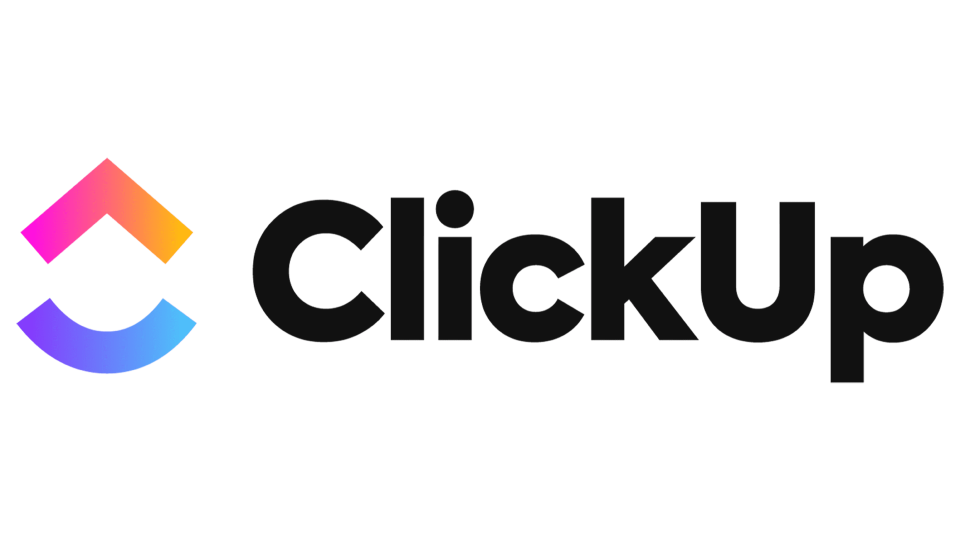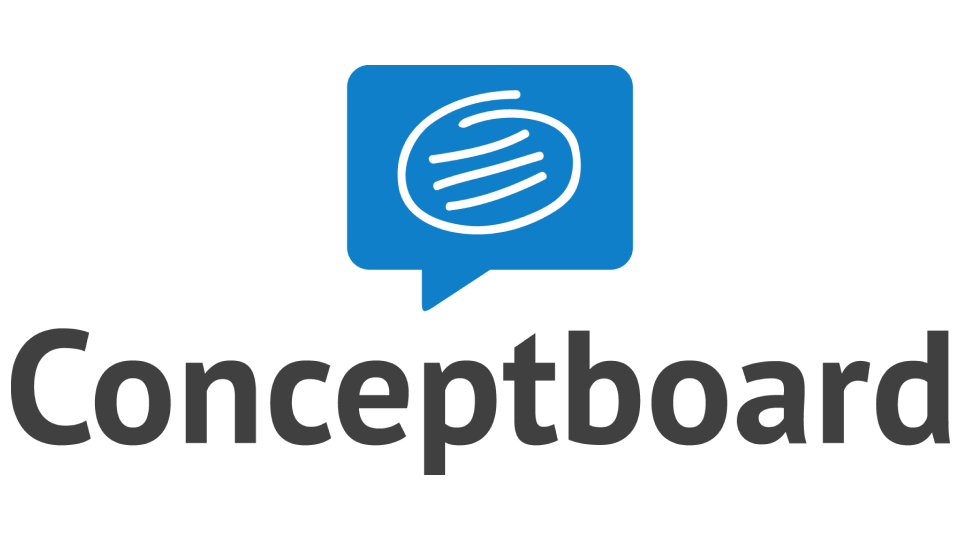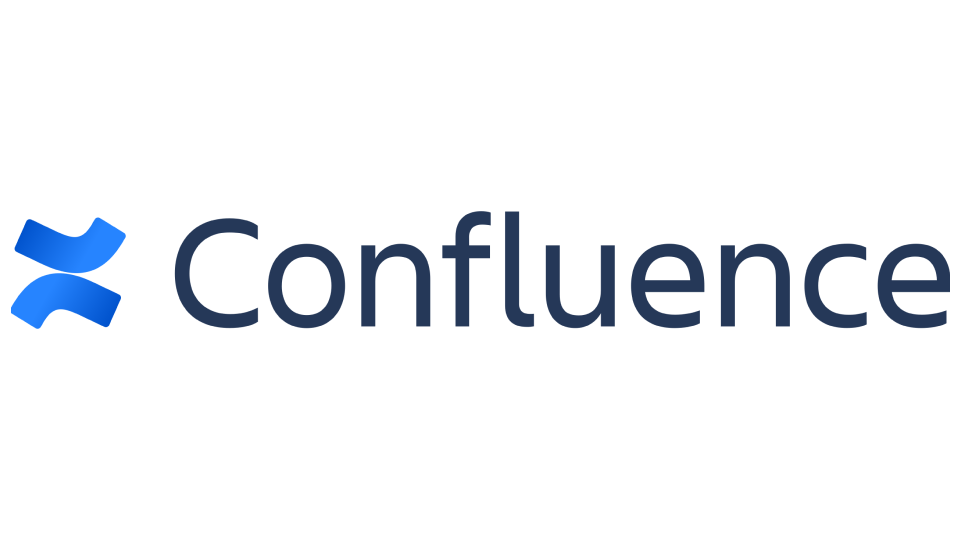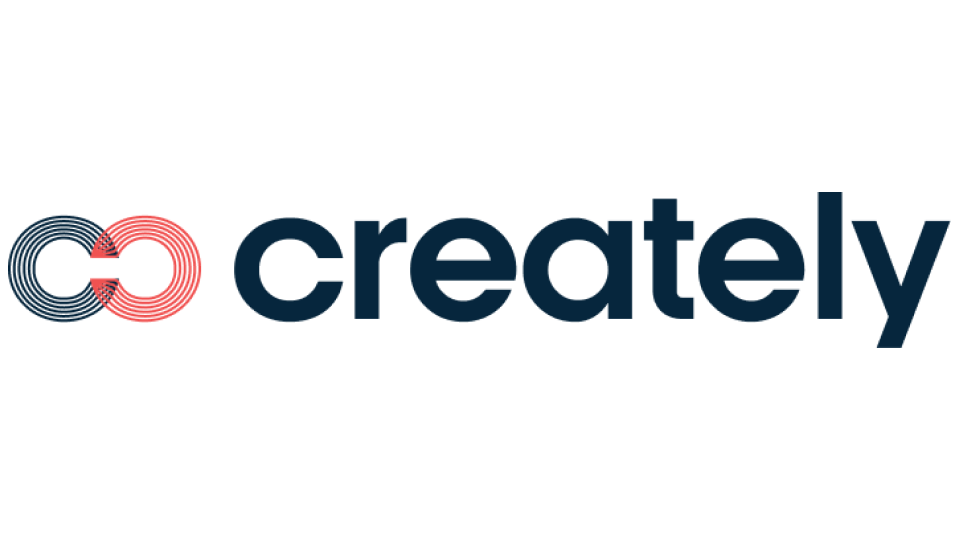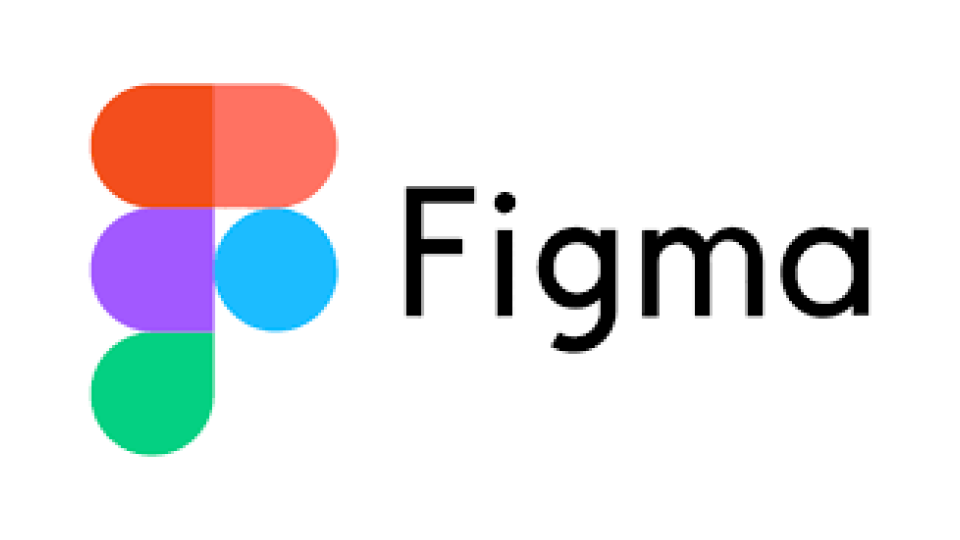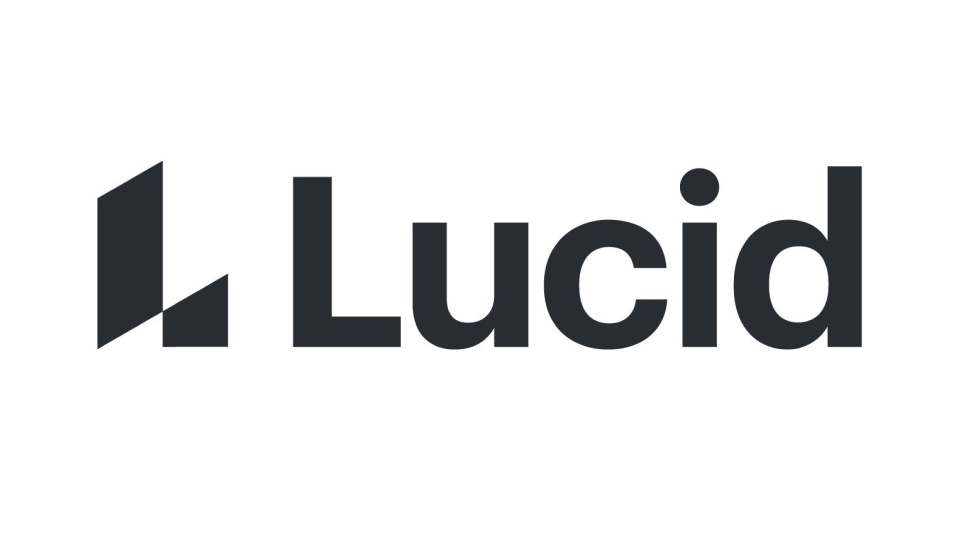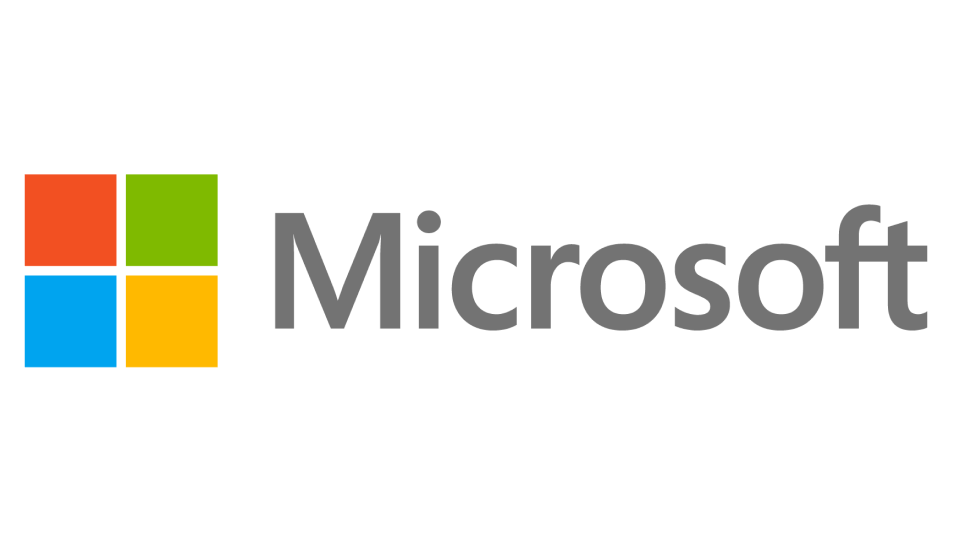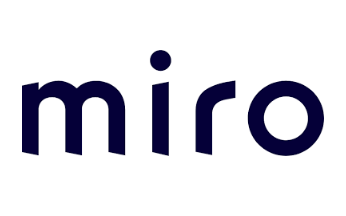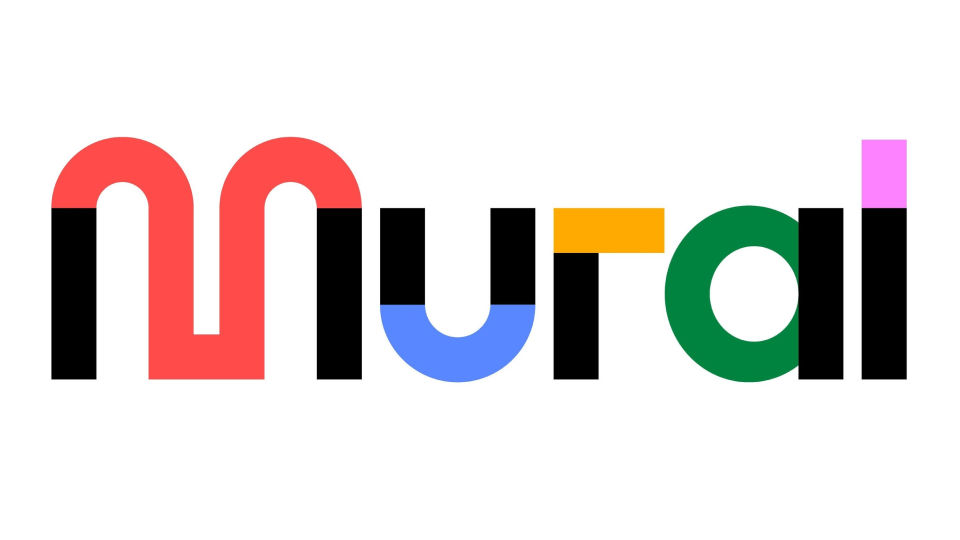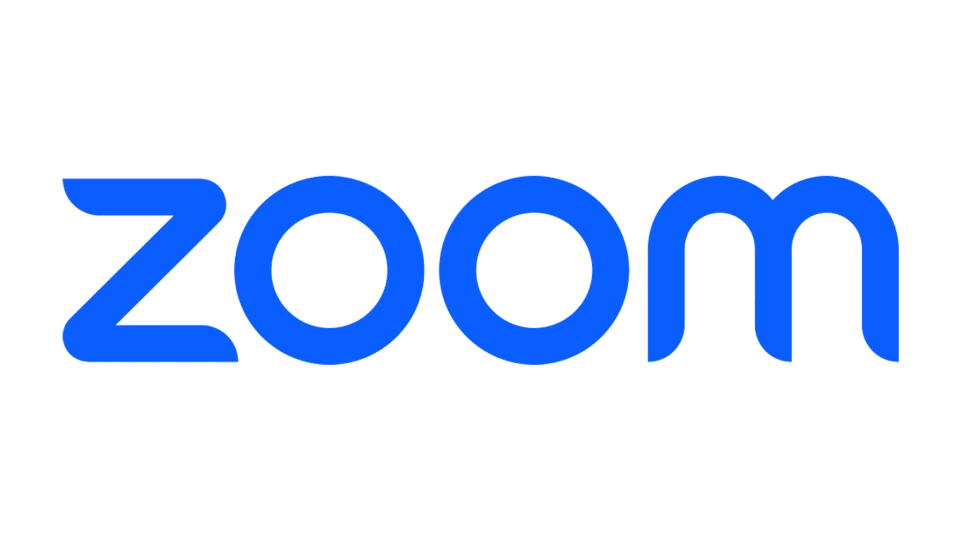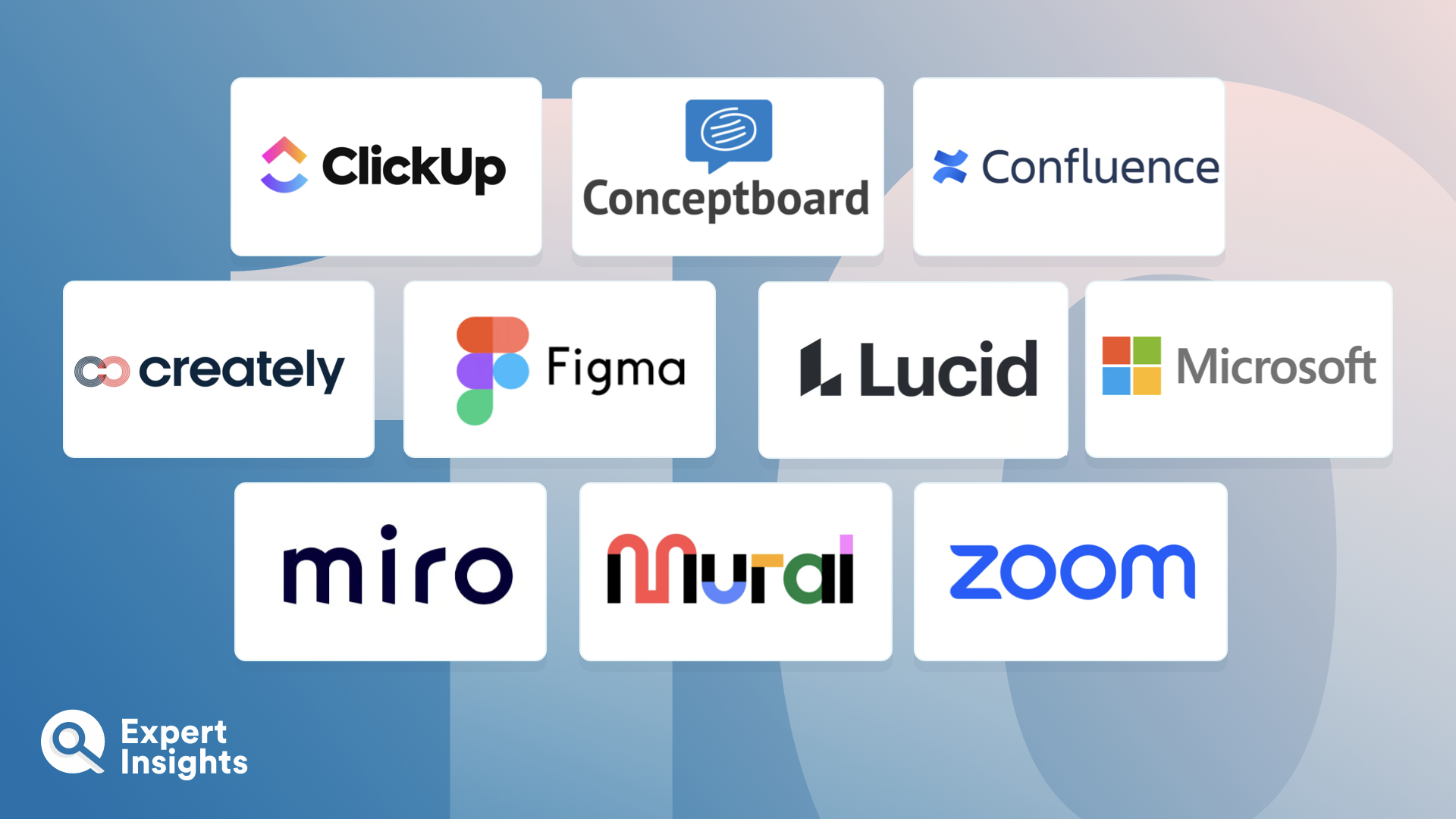Everything You Need to Know About Top Visual Collaboration Solutions (FAQs)
What Is A Visual Collaboration Solution?
Visual collaboration is the digital version of in person meetings and creative sessions. It allows multiple users to add ideas to a shared canvas, much like a whiteboard would in a traditional team meeting. This allows individuals to collaborate visually, expanding their understanding and communicative abilities.
A visual collaboration solution is a digital platform designed to allow teams to better communicate, collaborate, and share ideas visually in real-time, no matter their physical location. Visual collaboration solutions give teams a method of harnessing their collective intelligence and creativity through the use of visual elements. This can lead to better idea generation, problem solving, and decision making. A good visual collaboration solution should be data secure, user friendly, and integrate with your other business tools.
With remote and hybrid working becoming increasingly common, visual collaboration is becoming more and more useful for maintaining creative in collaborative work environments. These solutions not only help to replicate in-person workshopping and mind mapping, but they also improve creative processes by providing functionalities like unlimited board space, smart drawing tools, and multiple modes of interaction.
How Do Top Visual Collaboration Solutions Work?
Visual collaboration solutions work by providing a virtual space where teams can communicate and collaborate visually in real-time. These tools allow you to share documents, draw diagrams, annotate visuals, run video meetings, and even integrate other project management tools to streamline workflows. Whether the team is remote or in the office, these solutions can improve the way teams work together on tasks and manage complex projects.
For end users, these solutions simplify the process of collaboration. By logging in once, users can access all their projects, share files instantly, co-edit in real-time, and communicate seamlessly with their teammates. Admins can also benefit from tracking project progress, managing user privileges, and monitoring the overall productivity of the team.
The effectiveness of visual collaboration tools can significantly impact the productivity and efficiency of your teams, so it’s crucial to consider these features before making your decision. It’s all about choosing the right tool that fits your team’s needs and complementing the way you work.
What Are The Benefits Of Visual Collaboration?
Visual collaboration provides a number of benefits for teams by helping to transform the way they collaborate and communicate. These benefits include:
- Clearer Communication – If a picture is worth a thousand words, then combining words and imagery is the way to go to really get your points across. Visual collaboration tools give teams a way to share their ideas in the most compelling way; not just through words. This can effectively reduce the time spent trying to articulate to understand new ideas.
- Quicker Progression – By using visual collaboration software, teams can progress important projects more quickly. These tools support improved teamworking and so are great for facilitating brainstorming or the management of complex projects with less risk of miscommunication and delays.
- Facilitate Remote Working – Visual collaboration solutions make it easier for remote and hybrid teams to share ideas and work together, no matter where they are. It’s like having a virtual meeting room that is always available, and it not limited by physical location.
What Features Should You Look For In Top Visual Collaboration Solutions?
When deciding on the best visual collaboration tools for your teams, Expert Insights recommends looking for the following features:
- Real-time Collaboration – A visual collaboration solution should facilitate real-time collaboration by allowing users to work on the same canvas simultaneously, regardless of their location. To ensure everyone remains on the same page and can work effectively, the solution should provide tools like real-time updates and commenting to keep communication seamless.
- Whiteboard Feature – A virtual whiteboard enables users to create, draw, annotate, and mind map ideas within the digital space. This replicates the experience of traditional in-personal whiteboard collaboration. This feature is useful for planning and interactive discussion, thereby enhancing productivity, visual communication, and idea sharing.
- Customizable Canvases – The ability to create and customize canvases is important for allowing users to adapt their collaboration style to the specific needs of each mind mapping session, which may require map creation, diagrams, flowcharts, or other visual representations.
- File Sharing – In a visual collaboration solution, file sharing lets users upload, share, and collaborate on various documents, images, presentations, and other files. This helps to facilitate seamless collaborations by allowing users to easily exchange and review files in real-time, eliminating the need for email attachments or third-party file-sharing services.
- Templates – Many visual collaboration solutions will provide pre-designed templates which help to streamline processes and provide a structured starting point for mind mapping sessions. Templates help to maintain consistency and save time for teams, as well as improving the quality of collaborative outputs through consistency.
- User Interface – A simple, intuitive user experience that requires minimal training to get started is essential for ensuring that everyone can contribute effectively.



